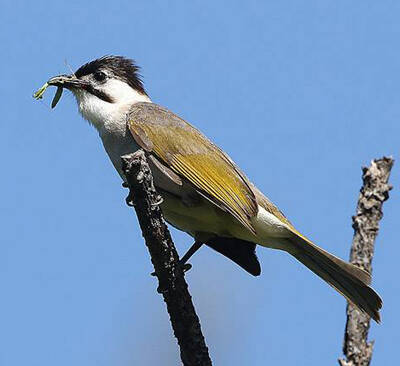
Pycnonotus taivanus
Pycnonotus taivanus,Styan's Bulbul,Aconitum
Taiwan Bulbul [bēi] is a medium-sized bulbul with no subspeciesTaiwan Bulbu···
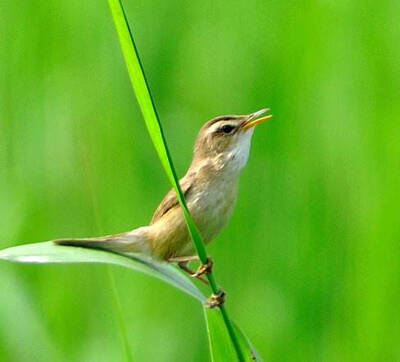
Acrocephalus sorghophilus
Speckled Reed Warbler,Acrocephalus sorghophilus
The Speckled Reed Warbler is a medium-sized reed warbler with no subspecies.···
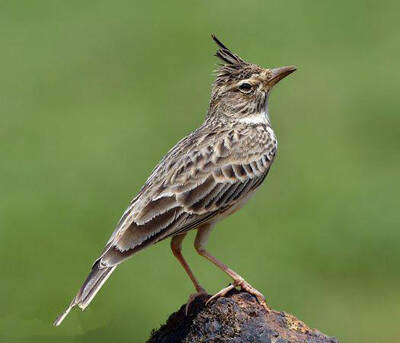
Alauda arvensis
Alauda arvensis, Eurasian Skylark, Sky Lark, Skylark, Alouette des champs,Alauda japonica Temminck & Schlegel, 1848,Great pipit, sky pipit, lark, bird of paradise, alan
Skylark is a small songbird with 11 subspecies.Skylarks often migrate in gro···
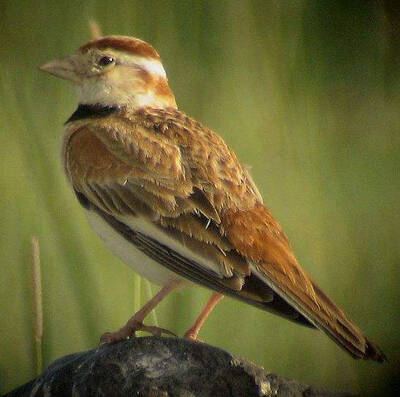
Melanocorypha mongolica
Melanocorypha mongolica,Mongolian Sky Lark
Mongolian Sky Lark, a small songbird with no subspecies.Mongolian Sky Lark o···
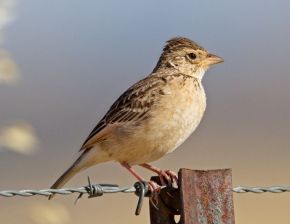
Mirafra javanica
Mirafra javanica,Australasian Lark
The Australasian Lark is a small songbird with 16 subspecies.The song lark o···
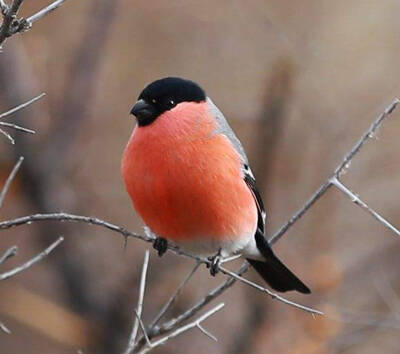
Parus davidi
Parus davidi,Rusty-breasted Tit
Rusty-breasted Tit, a small bird with no subspecies.Except for the breeding ···
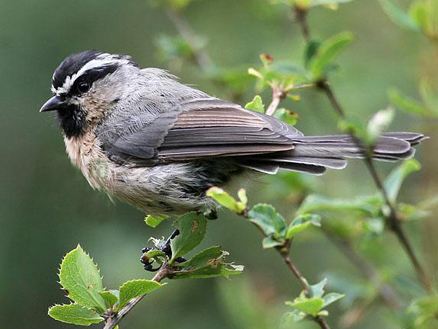
Parus superciliosus
Parus superciliosus
White-browed Tit is a species endemic to China with no subspecies.White-brow···
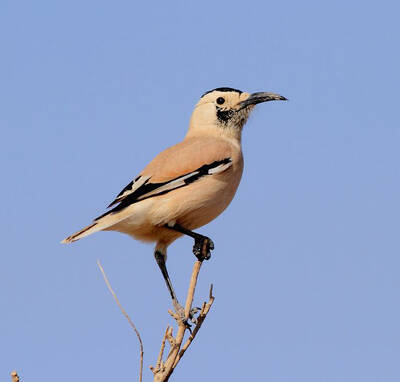
Podoces biddulphi
Podoces biddulphi,Xinjiang Ground-jay,Xinjiang ground crow, Biddulph ground crow, sand magpie, desert bird
White-tailed Ground-jay is called Xinjiang Ground-jay in foreign language, a···
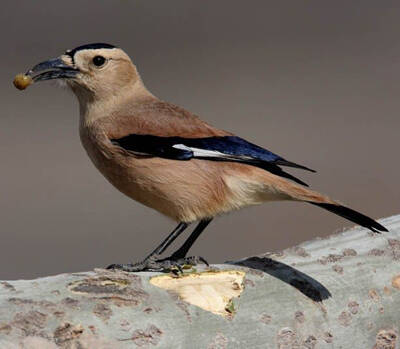
Podoces hendersoni
Podoces hendersoni,Mongolian Ground-jay
The black-tailed ground jay is called Mongolian Ground-jay in foreign langua···
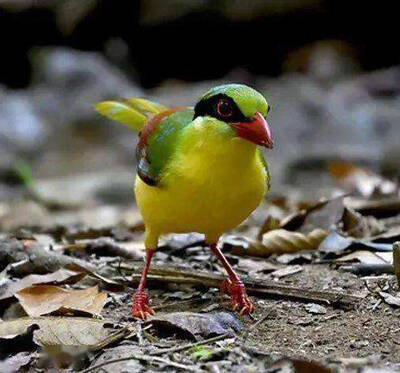
Cissa hypoleuca
Cissa hypoleuca,Yellow-breasted Magpie,Oriental green magpie, Indochinese green magpie, Indochinese green blue magpie
Yellow-breasted Magpie, also known as Yellow-breasted Magpie, has 5 subspeci···
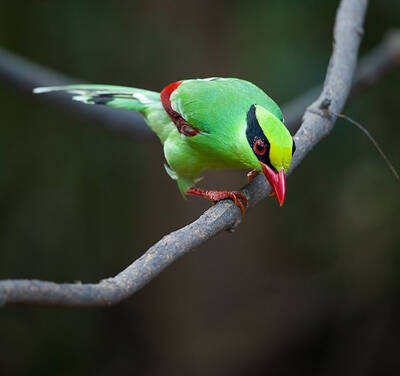
Cissa chinensis
Cissa chinensis,Common Green Magpie
Common Green Magpie, with 5 subspecies.Common Green Magpie is a resident bir···
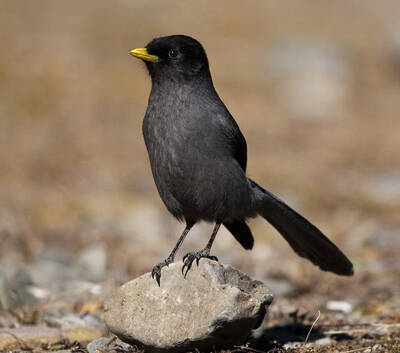
Perisoreus internigrans
Perisoreus internigrans,Black-hcoled Jay
Black-headed Jay, no subspecies.Black-headed Jay usually moves alone or in p···
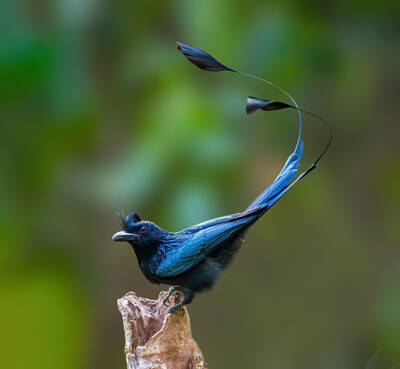
Dicrurus paradiseus
Dicrurus paradiseus,Greater Racket-tailed Drongo,Large drongo, long-tailed drongo, arrow-bearing bird
Greater Racket-tailed Drongo has 13 subspecies.Greater Racket-tailed Drongo ···
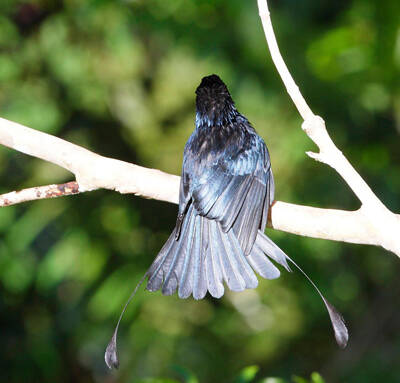
Dicrurus remifer
Dicrurus remifer,Lesser Racket-tailed Drongo,Small tennis ball
Lesser Racket-tailed Drongo has four subspecies.Lesser Racket-tailed Drongo ···
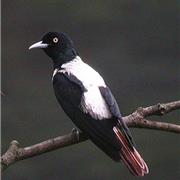
Oriolus mellianus
Oriolus mellianus,Silver Oriole,Magpie oriole, magpie-colored oriole, magpie-colored oriole
Silver Oriole, a medium-sized songbird, is a single species with no subspeci···
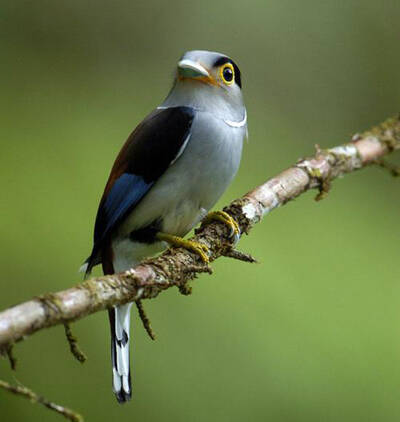
Serilophus lunatus
Sliver-breasted Broadbill,Serilophus lunatus,Hainan broadbill, Silver-breasted silky broadbill
Silver-breasted Broadbill, also known as Silver-breasted Broadbill, has 10 s···
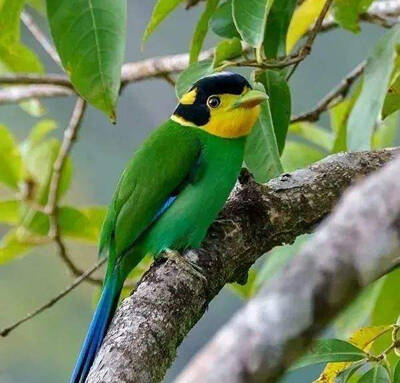
Psarisomus dalhousiae
Psarisomus dalhousiae,Long-tailed Broadbill
The foreign name of the long-tailed broadbill is Long-tailed Broadbill, and ···
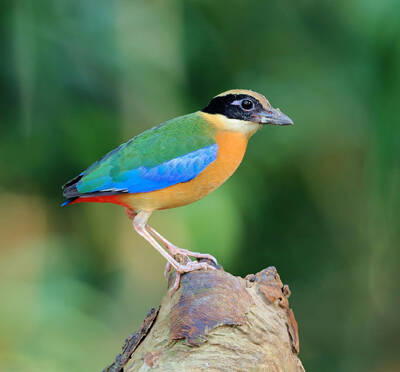
Pitta brachyura
Pitta brachyura,Indian Pitta,Five-colored bird, Indian Pitta
The blue-winged pitta is called Indian Pitta in foreign language, and has no···
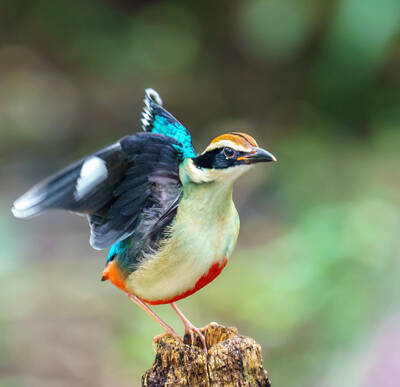
Pitta nympha
Pitta nympha,Fairy Pitta
Fairy Pitta, also known as Fairy Pitta, has two subspecies.Fairy Pitta is a ···
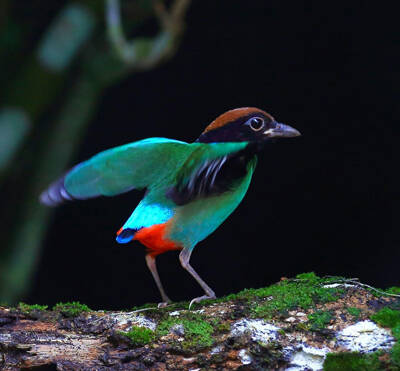
Pitta sordida
Pitta sordida,Hooded Pitta
The green-breasted pitta is called Hooded Pitta in English, and has 12 subsp···
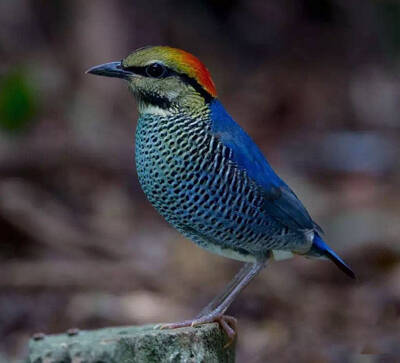
Pitta cyanea
Pitta cyanea,Blue Pitta,
Blue Pitta, also known as Blue Pitta, has three subspecies.Blue Pitta runs o···
